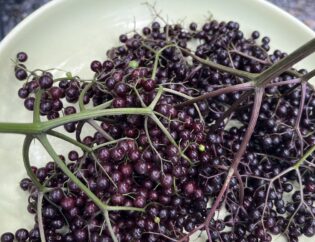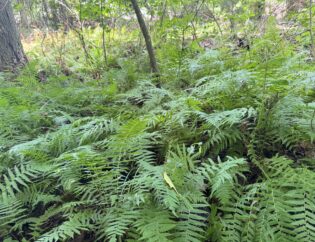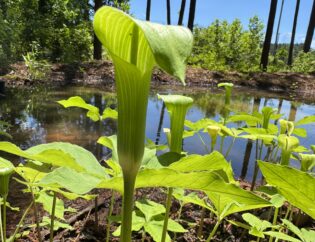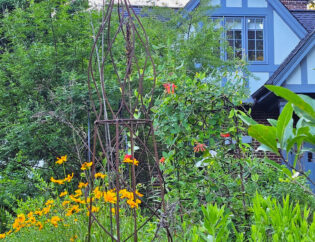
It is normal for the perennials in our part of the country to go dormant during the winter months. But how do they make it through the winter?
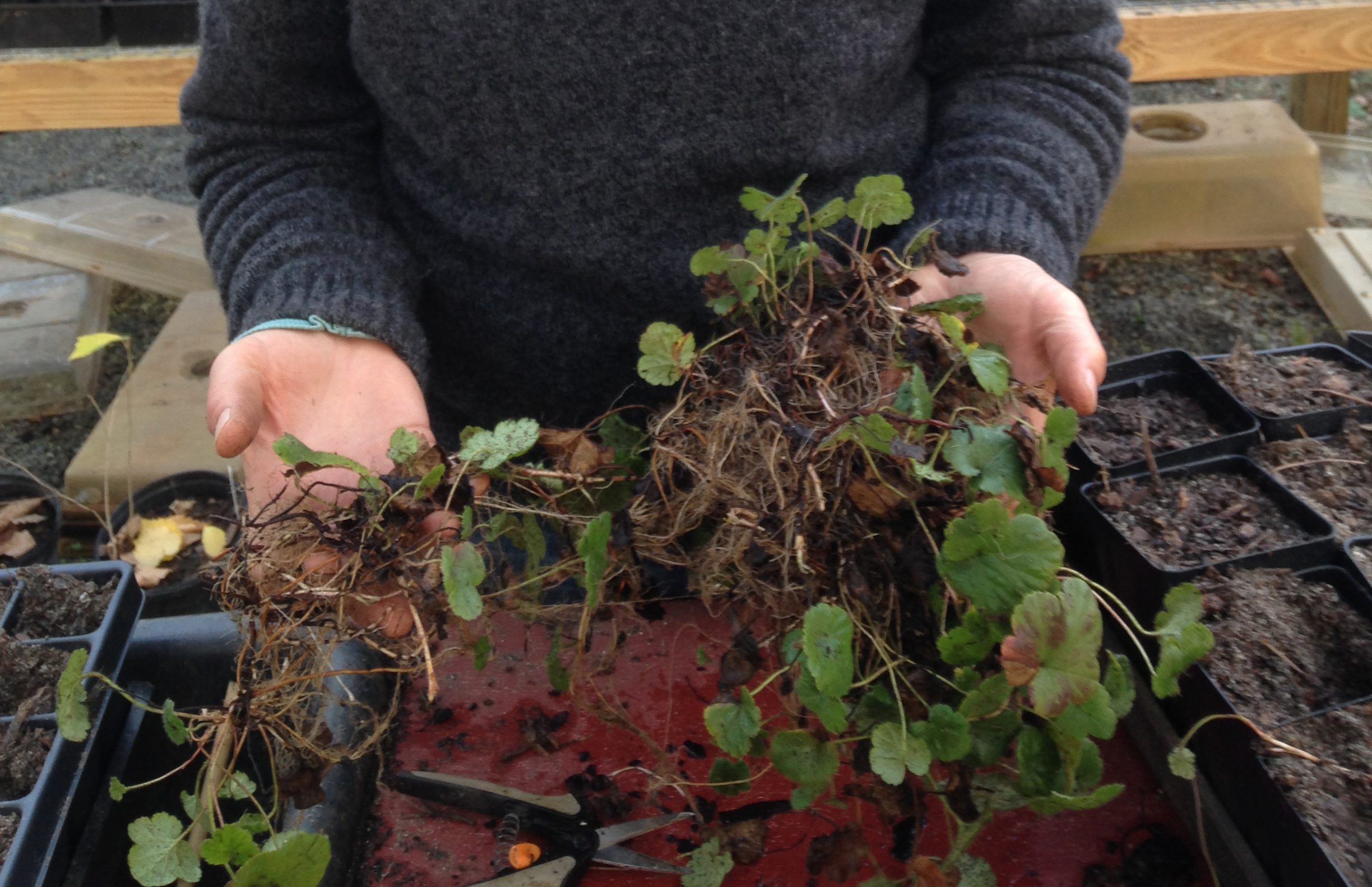
In late fall or early winter, many plants withdraw nutrient resources out of their above ground leaves and stems to store them in fleshy rhizomes, bulbs, or corms. Each of these plant organs is a plant strategy for survival; ensuring that each plant species can resurrect itself from the ground in the spring after a cold winter, or perhaps survive a bad season of drought. Think of these storage organs as the plants emergency rations. What is a corm? a bulb? a rhizome?
Apparently, survival "stems" from a plant “hack” of an organ common to many vascular plants: the stem.
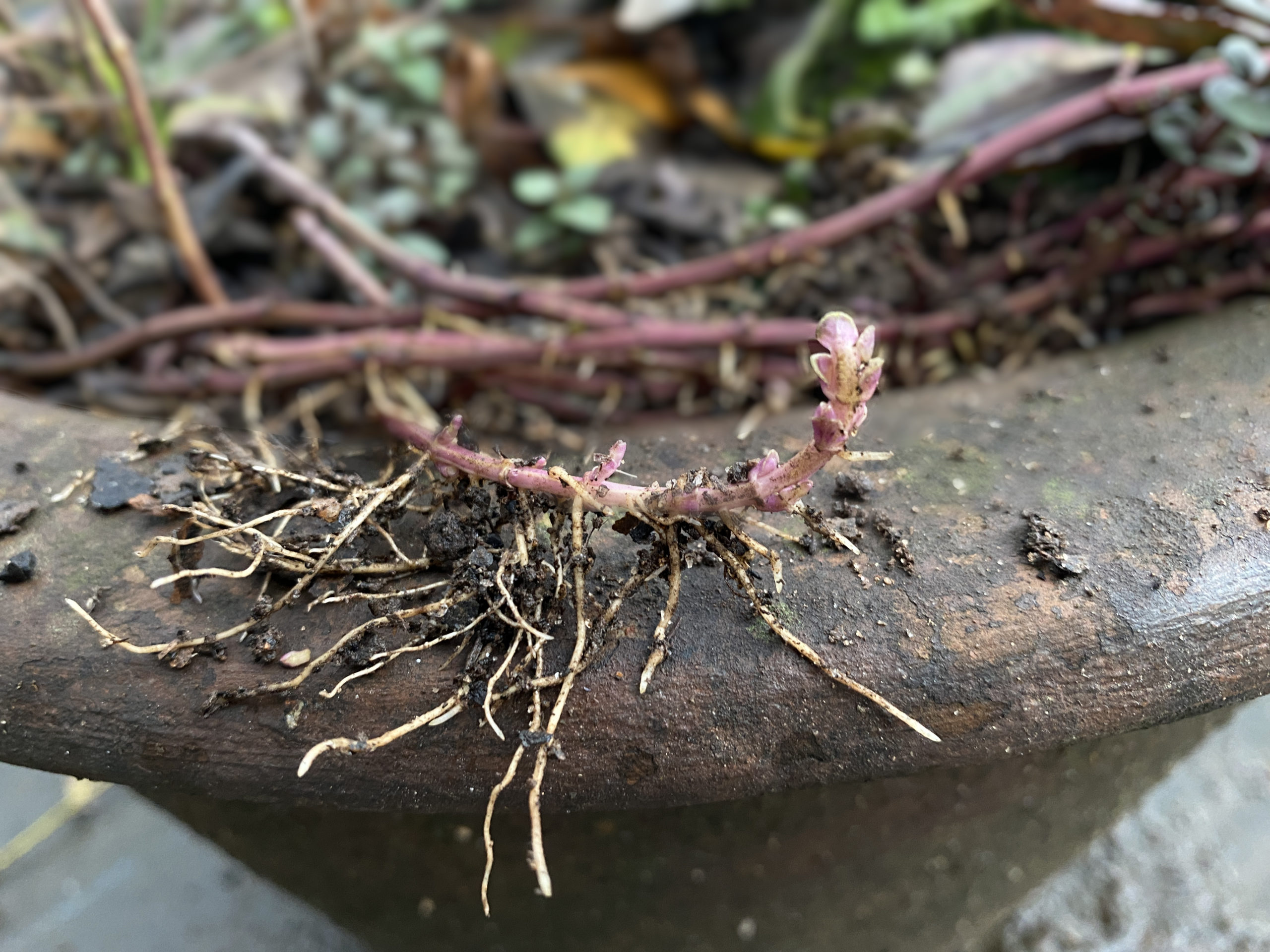
The simplest stem-hack-strategy: Stolons. Stolons are underground stems that travel horizontally along the top of the soil or just beneath the soil. At the tip of a stolon is a tiny fresh growth node, complete with the entire meristem “kit” for building a new plant. When the node on the end of a stolon finds a good spot of soil with good light, it will put down roots and put up a new plant.
As soon as the new plant is poking out of the soil, it creates more stolon, just for another node to put down more new roots and put up another new plant, and so on and so on. Think of the mint family, and you’ve got it. In fact, here’s a picture of Mountain Mint stolons:
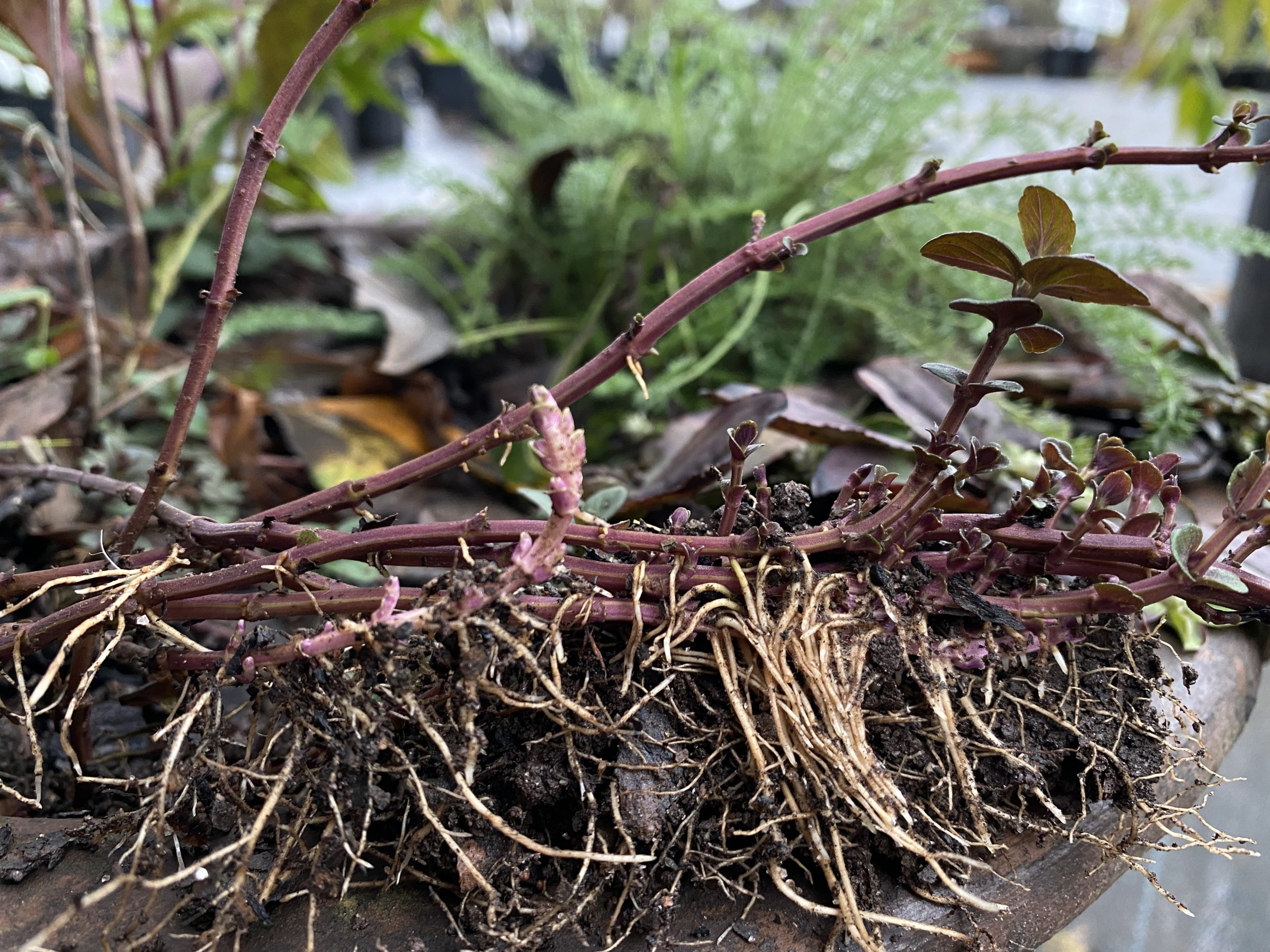
In the picture above, you can see the tiny new plants poking upward from the roots at growth nodes. Although stolons are an excellent way for a plant to gain new territory and therefore increase its chances of survival, there may not be a lot of food storage capability in the narrow, ropey, stem/root.

Rhizomes are also underground stems, but somewhat different from stolons. One visible difference is that the space between growth nodes is much shorter, and the rhizome is often very fleshy. Rather than being a wiry and exploratory plant progenitor like the stolon, rhizomes serve as chubby storage organs to store carbohydrates during dormant periods, like the winter in the Southeast region.
Any growth nodes facing on the downward side of the rhizome will produce roots. However, the nodes facing the upward side of the rhizome will produce new plants. The stored carbohydrates are used by the plant to support the growth of new plants and flowers in the spring.
The rhizome above to the left is a trillium rhizome that is several years old. You can see the oldest part of the rhizome to the right end of the organ. It's a bit dark brown and smooshed looking. The newest growth, getting ready for next spring (this picture was taken in December) is the upright spear on the left end of the organ. It may have been December, but the plant was already making plans for it's spring debut.
Some perennials with these large storage organs can live for decades. We have trillium in the shade beds at Beech Hollow that have been with us for over ten years.
Corms are often bulbous, but they aren’t bulbs, they’re also modified stems. See the pattern emerging here? Plants are very good at “hacking” this stem organ thing, reforming the stem in various ways to suit their particular needs for survival. Just like the rhizome, a corm is also storage organ, used by the plant for stashing away starches and carbohydrates in order to survive long cold winters or hot dry summers.

During the winter, mature corms often have multiple growth nodes for plant growth on the top side of the organ, with other growth nodes for root growth on the bottom side. Tanner took these pictures of Liatris corms:
Not only does the Liatris withdraw all of the resources from the leaves into the corm, unlike many other plants, it may also withdraw its resources out of its roots into the corm as well. So, during the depth of winter, your Liatris will be "sleeping" as a corm. When the soils warm up in the spring, the corm will send out new roots and new leaves will emerge from the crown.

If corms are bulbous but aren’t bulbs, what does that make a bulb? A bulb is also a stem, but with swollen, overlapping, leaf-like scales at it's base underground. In fact the scales ARE leaves, modified and repurposed as individual miniature storage modules, sometimes called bulbils. If you were to loosen one of these scales and give it enough time in suitable soil and moisture, it may eventually set out roots and create another plant.
The plants that created these survival strategies will use their resources in the spring to produce new growth, new plants and new flowers.
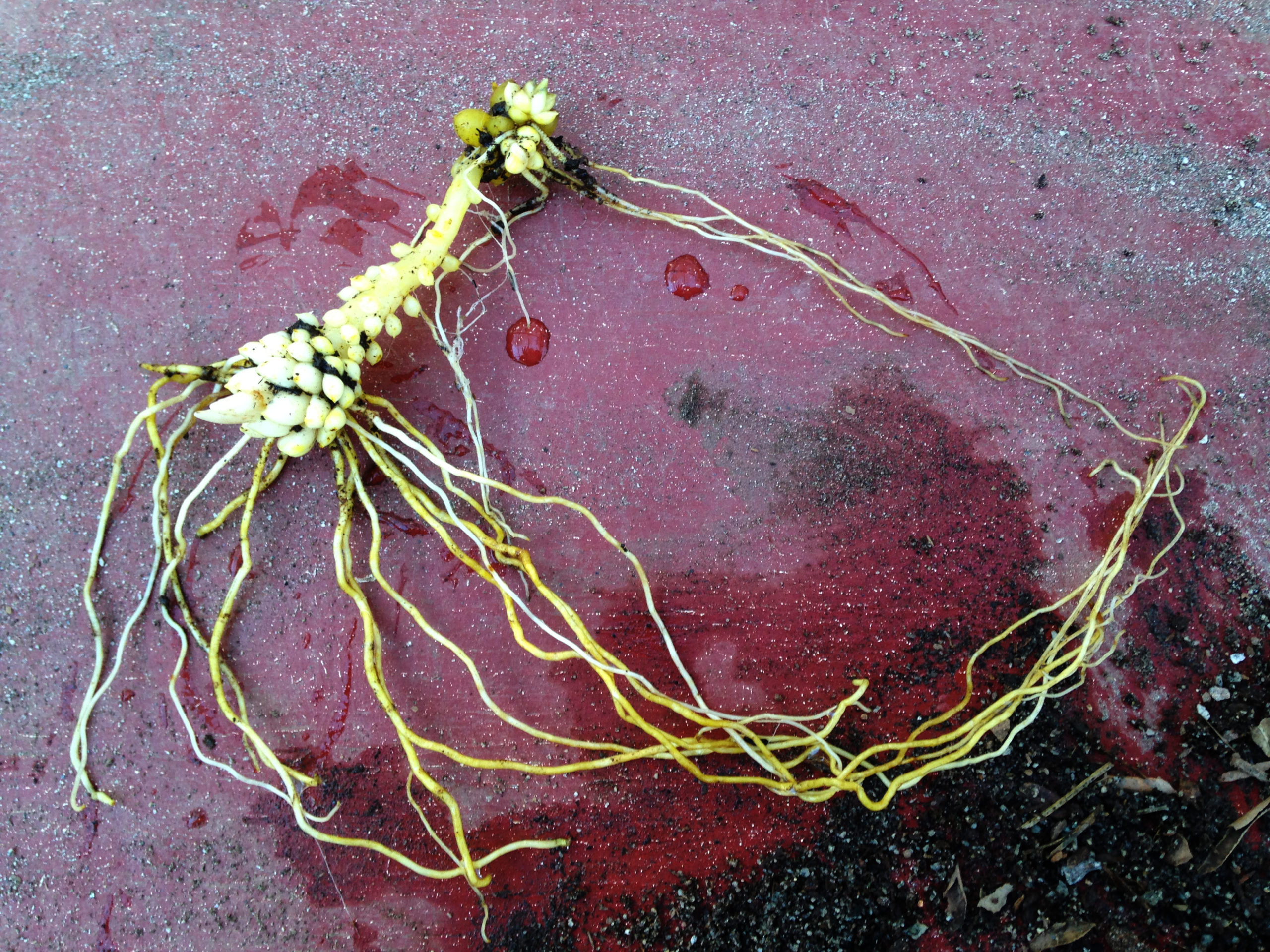
Please be sure to mark where you have planted your perennials, so when spring comes, you don't over plant the sleeping beauties!
